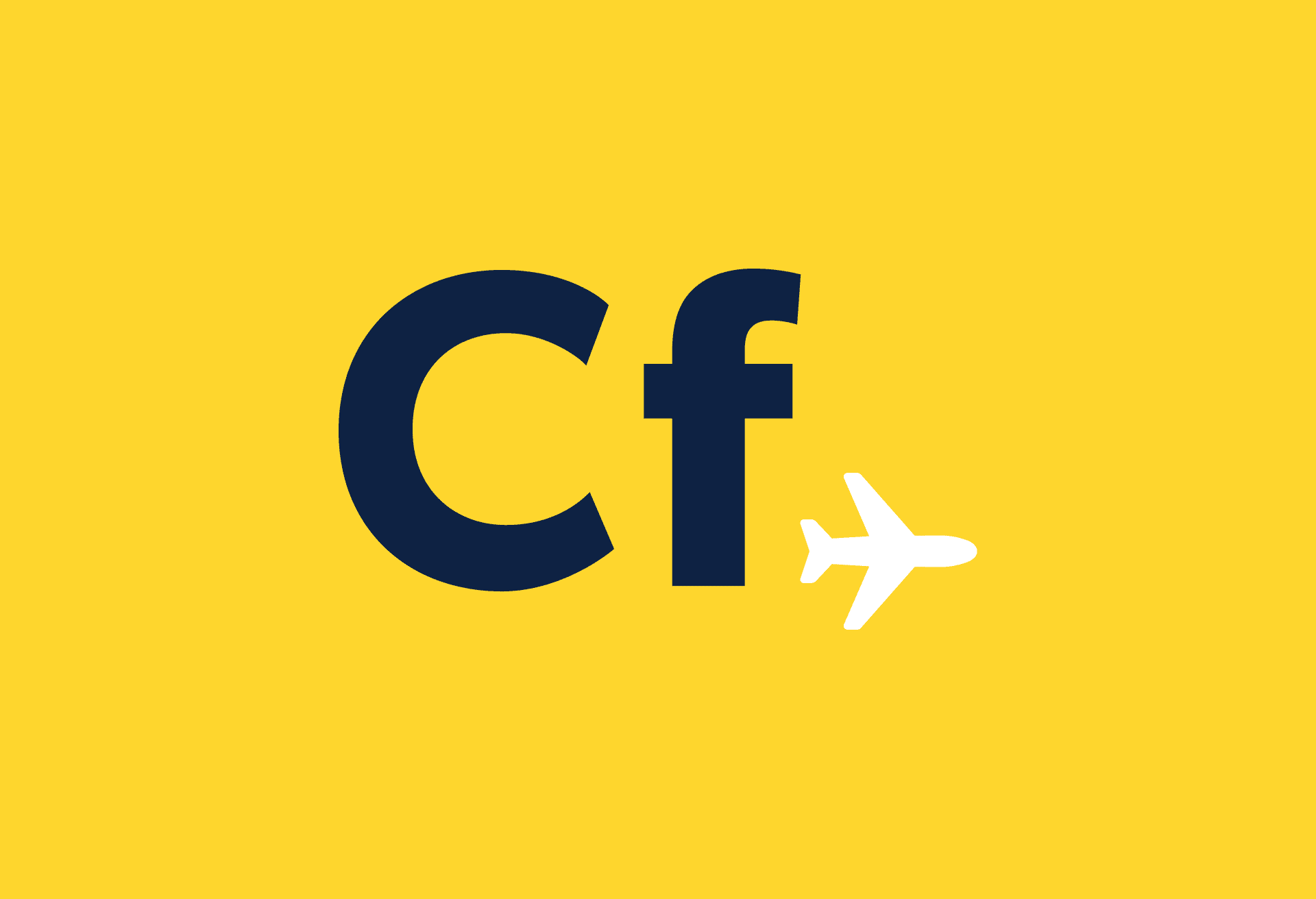Coffee’s brilliant because it gets you pepped up and you think clear and you go like zoooooom a million miles an hour and then you get smart and get that project done and those emails sent and that disease cured because coffee makes everything better and everybody on Earth knows how amazing it is and that’s why we have to celebrate coffee around the world because coffee makes life better and people betterand breakfast betteranddoughnutsbetter and… and…
What was I talking about? I feel awful suddenly. Where did this headache come from? Oh, before I forget, namuit took the featured image.
Morocco
The north African country of Morocco probably has the spiciest version of coffee in the world. Adding sugar or milk is rather eccentric here, but ginger and cinnamon are mixed in all the time.
Other spices added to give it a kick include nutmeg, cardamom, star anise and, probably the most shocking for tepid Europeans, lots of pepper. Now that’s a proper wake-up drink.
Indonesia
The most expensive coffee in the world is kopi luwak, but the less asked about its origins, the better. It’s made from beans that have been partially digested by civets, cute weasel-like animals, to give it that extra, umm, faecal weasel kick.
There are many cheap imitations of the coffee but nothing tastes like the real deal straight from a civet’s, em, nether regions.
New Zealand and Australia
The denizens of Australasia are coffee obsessives and the creators of the flat white. Only recently popular in other countries, the flat white has been around the antipodes for around 30 years.
It’s a bit like a latte but has a higher ratio of coffee to micro-foam milk so it tastes less like an unenthusiastic milkshake. Aussies and Kiwis are so particular about their coffee, most coffeehouses have menus that will baffle the uninitiated.
They start them young too – the babycino, a coffee-less frothy milk drink, is served to small children accompanying their parents.
Colombia
Colombia is famous for its coffee and the bean is one of its most vital economic resources in international trade. They’re so indebted to the drink that the country is home to National Coffee Park, the world’s only coffee-based theme park.
Here you can learn about the history of coffee and go on rollercoasters that simulate a caffeine rush. It’s located in the Coffee Triangle, the vast area of land between Bogota, Medellin and Cali that is famous for its coffee plantations.
Vienna, Austria
Coffeehouse culture have been so vital to the capital of Austria’s identity over the last few centuries that UNESCO has pronounced it an Intangible Cultural Heritage. It all began in the 17th century after the Habsburgs and Poles liberated the city from Ottoman rule.
Purportedly, a Polish officer called Jerzy Kulczycki found a sack of beans left behind by the fleeing Turks and opened Vienna’s first coffeehouse where coffee was served with milk, something the Ottomans never did. Many coffeehouses in the city today have a picture of Kulczycki on the wall in keeping with the legend.
Ethiopia
Another country renowned for its coffee exports, Ethiopia also has a long-standing tradition of making coffee with the ceremony it deserves. At gatherings, beans are roasted on the spot with guests entreated to smell the aromas before they are carefully grounded with a pestle and mortar, boiled twice and filtered through horse hair.
The showiness of such a ceremony enables participants to appreciate the transformation from bean to drink in all its humble glory. If only high-street coffee shop chains did the same.


